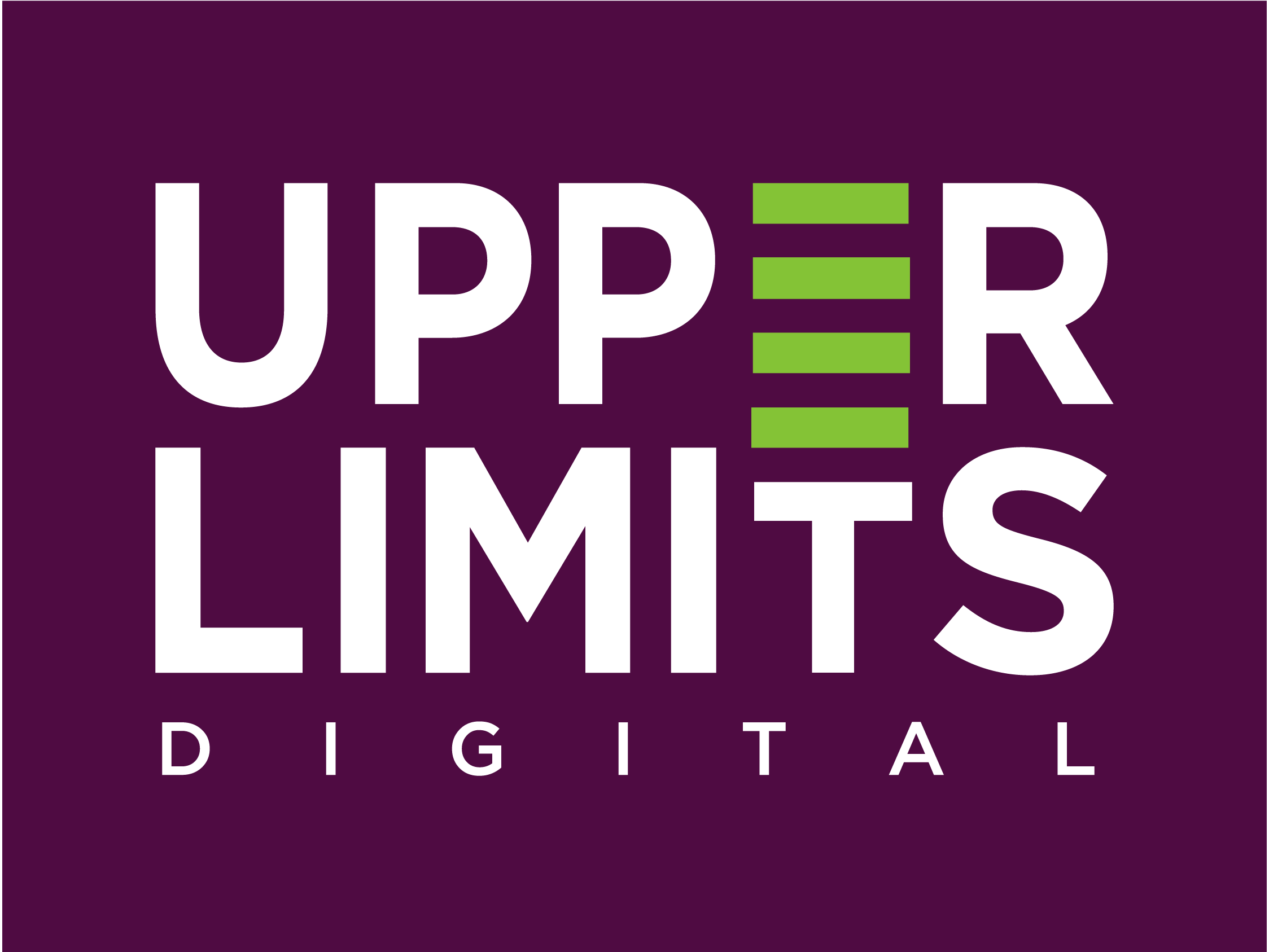In the fast-evolving landscape of email marketing, email deliverability remains a crucial factor for businesses looking to engage their audience effectively. As we enter 2025, changes in email provider algorithms, privacy regulations, and user behavior are shaping the best practices for ensuring emails land in inboxes rather than spam folders.
What Is Email Deliverability?
Email deliverability refers to the ability of an email to successfully reach the recipient’s inbox, avoiding spam filters and bouncing issues. It’s influenced by multiple factors, including sender reputation, authentication protocols, and content quality.
Key Factors Affecting Email Deliverability in 2025
1. Authentication Protocols Matter More Than Ever
To combat phishing and spoofing, email providers continue to tighten security measures. In 2025, businesses must ensure their emails comply with:
- SPF (Sender Policy Framework): Defines which mail servers are authorized to send emails on behalf of your domain.
- DKIM (DomainKeys Identified Mail): Adds a cryptographic signature to emails, verifying authenticity.
- DMARC (Domain-based Message Authentication, Reporting & Conformance): Helps prevent unauthorized use of a domain in email communications.
Without these protocols, even legitimate emails risk being flagged as spam.
2. Engagement Metrics Drive Inbox Placement
Email providers use engagement signals to determine whether your emails are welcomed by recipients. Factors that impact inbox placement include:
- Open rates
- Click-through rates
- Spam complaints
- Replies and forwards
- Time spent reading emails
To improve engagement, businesses should focus on personalized, value-driven content and list segmentation to send relevant emails to the right audiences.
3. Stricter Privacy Regulations Impact Email Marketing
Laws like the GDPR, CCPA, and new U.S. state-level privacy laws require explicit user consent before sending emails. Additionally, Apple’s Mail Privacy Protection (MPP) and similar updates from other providers obscure open rate tracking, making engagement strategies more challenging.
Best practices include:
- Double opt-in processes for building a high-quality email list.
- Providing easy opt-out options to maintain list hygiene.
- Focusing on first-party data collection for better targeting.
4. AI & Machine Learning Influence Spam Filters
Email providers are leveraging AI-powered filtering systems that assess sender reputation, email content, and user behavior patterns. To avoid spam classification:
- Avoid spam trigger words and excessive punctuation (e.g., “FREE!!!, $$$, Act Now!”).
- Use clear, readable formatting.
- Maintain a balanced image-to-text ratio.
- Ensure a consistent sending schedule to establish credibility.
5. Mobile Optimization Is Non-Negotiable
With over 70% of emails being opened on mobile devices, ensuring a seamless mobile experience is critical. This includes:
- Responsive design for all devices.
- Concise subject lines and preview text.
- Fast-loading images and properly formatted text.
6. Maintaining a Healthy Email List
Cleaning your email list regularly improves deliverability. Strategies include:
- Removing inactive subscribers.
- Monitoring hard and soft bounces.
- Encouraging engagement through re-engagement campaigns.
7. Dark Mode & Accessibility Considerations
More users are shifting to dark mode email viewing, requiring brands to optimize their email designs accordingly. Also, ensuring ADA-compliant email content (e.g., alt text for images, high contrast, readable fonts) enhances the experience for all users.
Final Thoughts
Email marketing in 2025 demands a strategic approach focused on authenticity, engagement, and compliance. By implementing the latest deliverability best practices, businesses can build stronger customer relationships, maintain a solid sender reputation, and maximize email marketing success.
Stay ahead—audit your email strategy today to ensure your messages reach the right inboxes! We’re here to help. Get in touch if you need support.
